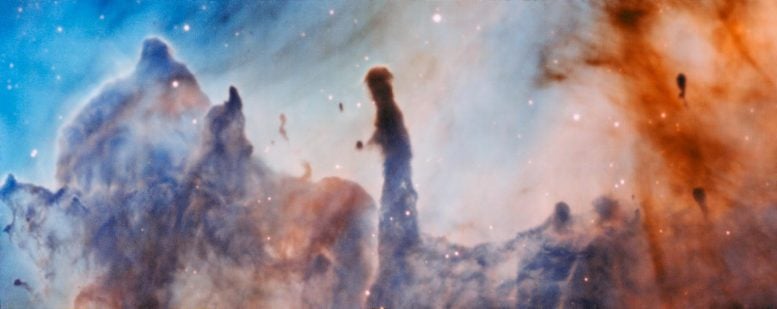
This image was taken by the MUSE instrument, mounted on ESO’s Very Large Telescope and shows the region R44 within the Carina Nebula, 7500 light-years away. The massive stars within the star formation region slowly destroy the pillars of dust and gas from which they are born. Credit: ESO/A. McLeod
Using the MUSE instrument on ESO’s Very Large Telescope, astronomers reveal new observations of vast pillar-like structures within the Carina Nebula.
The different pillars analyzed by an international team seem to be pillars of destruction — in contrast to the name of the iconic Pillars of Creation in the Eagle Nebula, which are of similar nature.
The spires and pillars in the new images of the Carina Nebula are vast clouds of dust and gas within a hub of star formation about 7500 light-years away. The pillars in the nebula were observed by a team led by Anna McLeod, a Ph.D. student at ESO, using the MUSE instrument on ESO’s Very Large Telescope.
The great power of MUSE is that it creates thousands of images of the nebula at the same time, each at a different wavelength of light. This allows astronomers to map out the chemical and physical properties of the material at different points in the nebula.
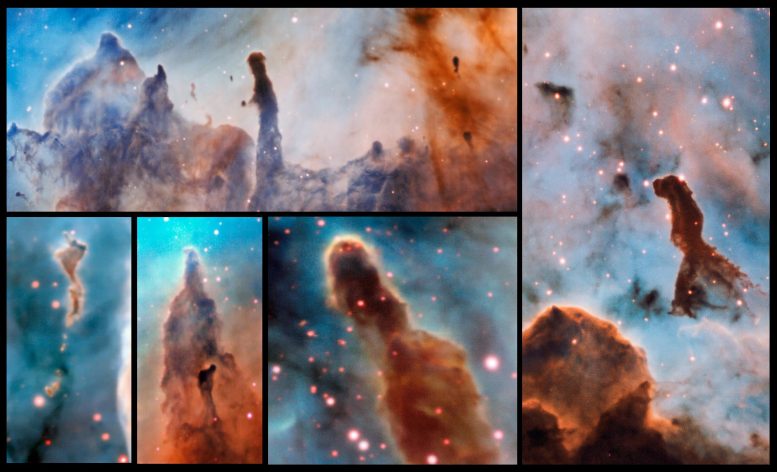
These composite images show several pillars within the Carina Nebula which were observed and studied with the MUSE instrument, mounted on ESO’s Very Large Telescope. The massive stars within the star formation region slowly destroy the pillars of dust and gas from which they are born. Credit: ESO/A. McLeod
Images of similar structures, the famous Pillars of Creation in the Eagle Nebula and formations in NGC 3603, were combined with the ones displayed here. In total ten pillars have been observed, and in so doing a clear link was observed between the radiation emitted by nearby massive stars and the features of the pillars themselves.
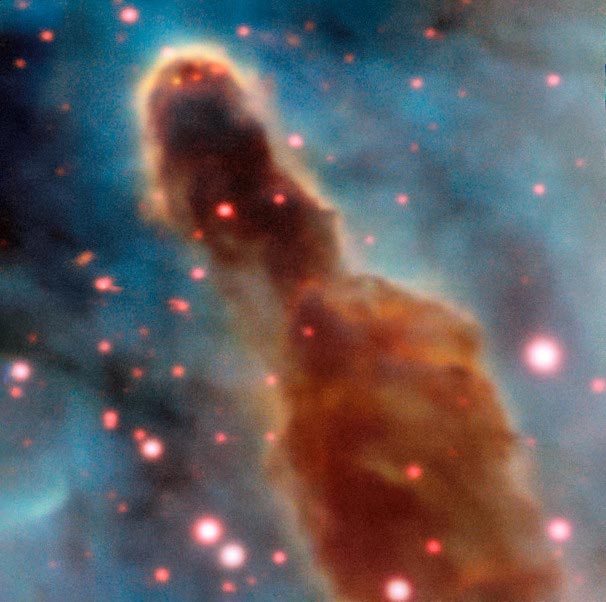
This image was taken by the MUSE instrument, mounted on ESO’s Very Large Telescope and shows the region R18 within the Carina Nebula, 7500 light-years away. The massive stars within the star formation region slowly destroy the pillars of dust and gas from which they are born. Credit: ESO/A. McLeod
In an ironic twist, one of the first consequences of the formation of a massive star is that it starts to destroy the cloud from which it was born. The idea that massive stars will have a considerable effect on their surroundings is not new: such stars are known to blast out vast quantities of powerful, ionizing radiation — emission with enough energy to strip atoms of their orbiting electrons. However, it is very difficult to obtain observational evidence of the interplay between such stars and their surroundings.
- This image was taken by the MUSE instrument, mounted on ESO’s Very Large Telescope and shows the region R37 within the Carina Nebula, 7500 light-years away. The massive stars within the star formation region slowly destroy the pillars of dust and gas from which they are born. Credit: ESO/A. McLeod
- This image was taken by the MUSE instrument, mounted on ESO’s Very Large Telescope and shows the region R45 within the Carina Nebula, 7500 light-years away. The massive stars within the star formation region slowly destroy the pillars of dust and gas from which they are born. Credit: ESO/A. McLeod
- This pillar is part of the massive star cluster Trumpler 14, within the Carina Nebula, 7500 light-years away. The image was taken by the MUSE instrument, mounted on ESO’s Very Large Telescope. Credit: ESO/A. McLeod
The team analyzed the effect of this energetic radiation on the pillars: a process known as photoevaporation, when gas is ionized and then disperses away. By observing the results of photoevaporation — which included the loss of mass from the pillars — they were able to deduce the culprits. There was a clear correlation between the amount of ionizing radiation being emitted by nearby stars, and the dissipation of the pillars.
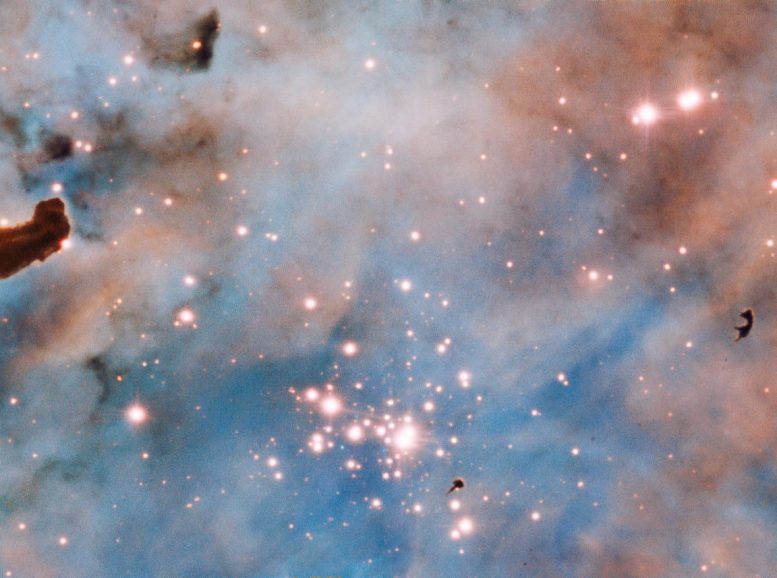
The prominent dark patches, in the central region and to the right of the image are a so-called Bok globule: these are isolated and relatively small dark nebulae, containing dense dust and gas. These objects are still subjects of intense research as their structure and density remain somewhat of a mystery. Credit: ESO/A. McLeod
This might seem like a cosmic calamity, with massive stars turning on their own creators. However, the complexities of the feedback mechanisms between the stars and the pillars are poorly understood. These pillars might look dense, but the clouds of dust and gas which make up nebulae are actually very diffuse. It is possible that the radiation and stellar winds from massive stars actually help create denser spots within the pillars, which can then form stars.
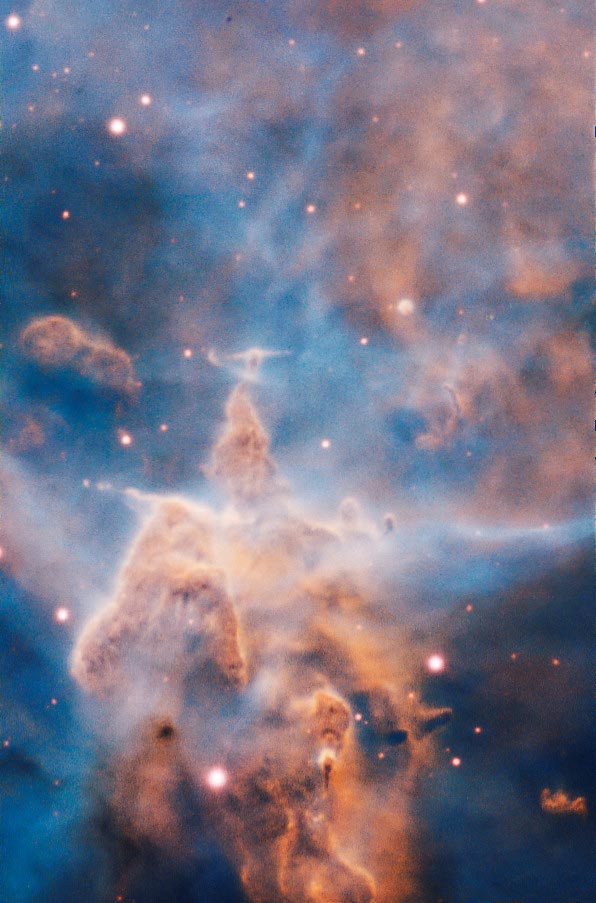
This craggy fantasy mountaintop enshrouded by wispy clouds looks like a bizarre landscape. But it is indeed a pillar of gas and dust, three light-years tall, which is being eaten away by the brilliant light from nearby bright stars. The pillar is also being assaulted from within, as infant stars buried inside it fire off jets of gas that can be seen streaming from towering peaks. Credit: ESO/A. McLeod
These breathtaking celestial structures have more to tell us, and MUSE is an ideal instrument to probe them with.
This zoom sequence starts with a broad view of the Milky Way and closes in on the Carina Nebula, an active stellar nursery about 7500 light-years from Earth. In the final sequence we see a new image taken with the VLT Survey Telescope at ESO’s Paranal Observatory. This picture was taken with the help of Sebastián Piñera, President of Chile, during his visit to the observatory on June 5, 2012, and released on the occasion of the telescope’s inauguration in Naples on December 6, 2012. Credit: ESO/Nick Risinger (skysurvey.org)/Digitized Sky Survey 2 . Music: John Dyson (from the album Moonwind). Acknowledgment: VPHAS+ Consortium/Cambridge Astronomical Survey Unit
This research was presented in a paper entitled “Connecting the dots: a correlation between ionising radiation and cloud mass-loss rate traced by optical integral field spectroscopy“, by A. F. McLeod et al., published in the Monthly Notices of the Royal Astronomical Society.
Reference: “Connecting the dots: a correlation between ionising radiation and cloud mass-loss rate traced by optical integral field spectroscopy” by A. F. McLeod, M. Gritschneder, J. E. Dale, A. Ginsburg, P. D. Klaassen, J. C. Mottram, T. Preibisch, S. Ramsay, M. Reiter and L. Testi, 30 July 2016, MNRAS.
DOI: 10.1093/mnras/stw1864
arXiv:1608.00005

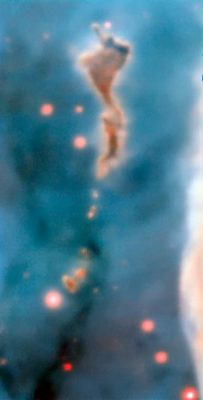
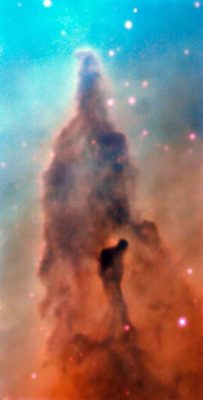
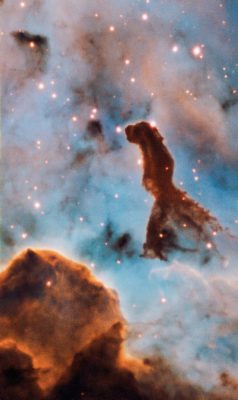

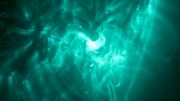



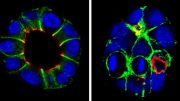
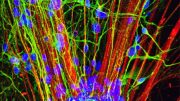
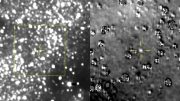
Be the first to comment on "New Observations of the Vast Pillar-Like Structures Within the Carina Nebula"